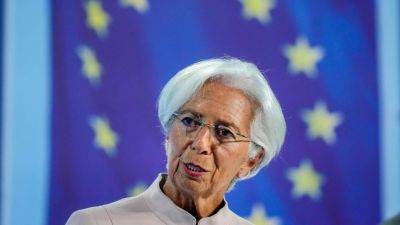Mint Explainer: How firms will benefit from Sebi’s decision on debt financing
debt market. Under the framework for large corporates, Sebi has proposed a higher monetary threshold for defining such entities, thereby reducing the number of entities qualifying as large. Last month, the regulator floated a consultation paper and proposed increasing the threshold to identify large corporates to at least ₹500 crore in outstanding long-term borrowings, from the current ₹100 crore.
Sebi has also decided to introduce incentives and moderated disincentives. Currently, the regulations require corporate borrowers to secure at least 25% of the incremental borrowing during the financial year through debt securities. This was announced in 2018, and the move was aimed at deepening the corporate bond market.
Experts believe that Sebi's decision to raise the monetary threshold for defining LCs narrows the scope to only include truly large entities, thus potentially reducing regulatory and compliance burdens on smaller firms that no longer fit this category. Sonam Chandwani, partner, KS Legal, believes that the removal of penalties for large corporates unable to meet a certain quota of incremental borrowing from the debt market offers greater financial flexibility. She said it is especially beneficial for LCs that might otherwise face financial stress, as they now have more scope to explore alternative financing options like bank loans or equity financing without fearing punitive measures.
Read more on livemint.com























